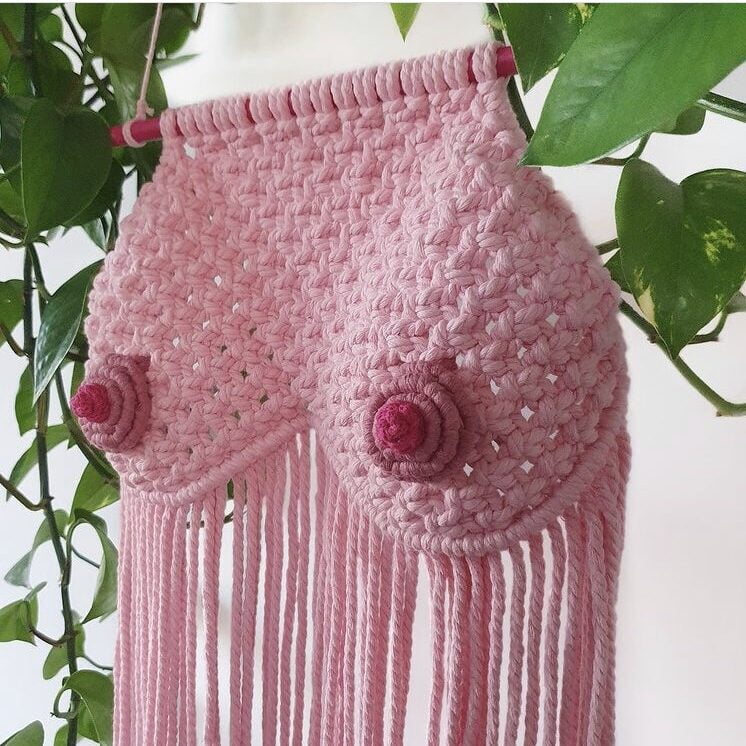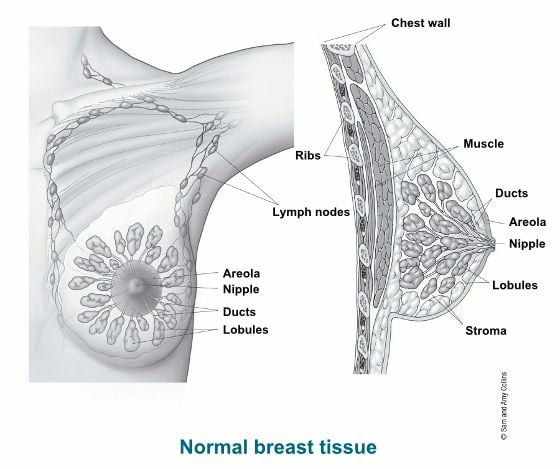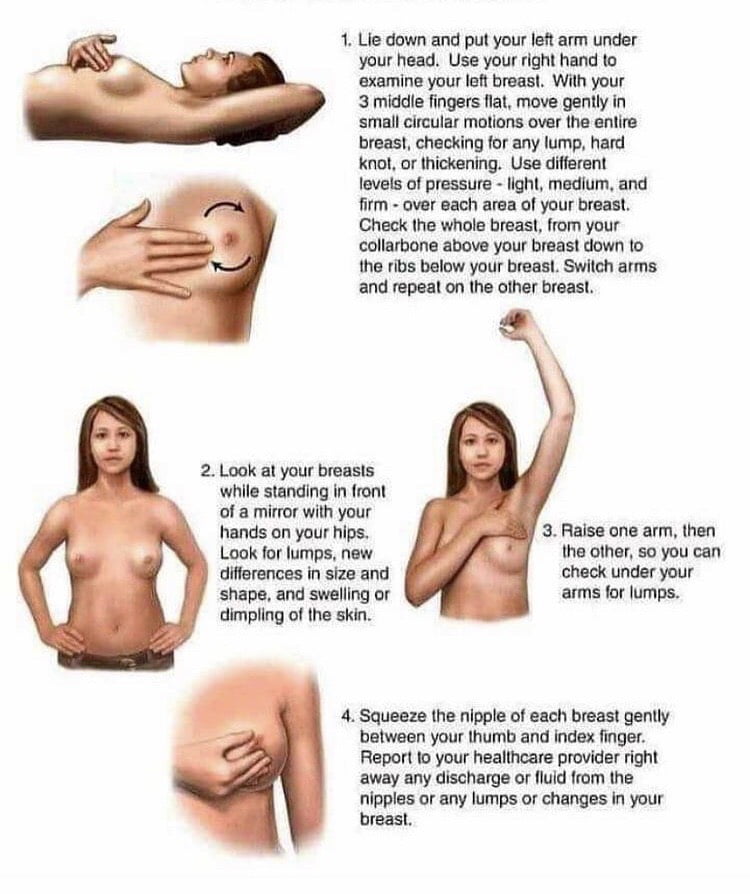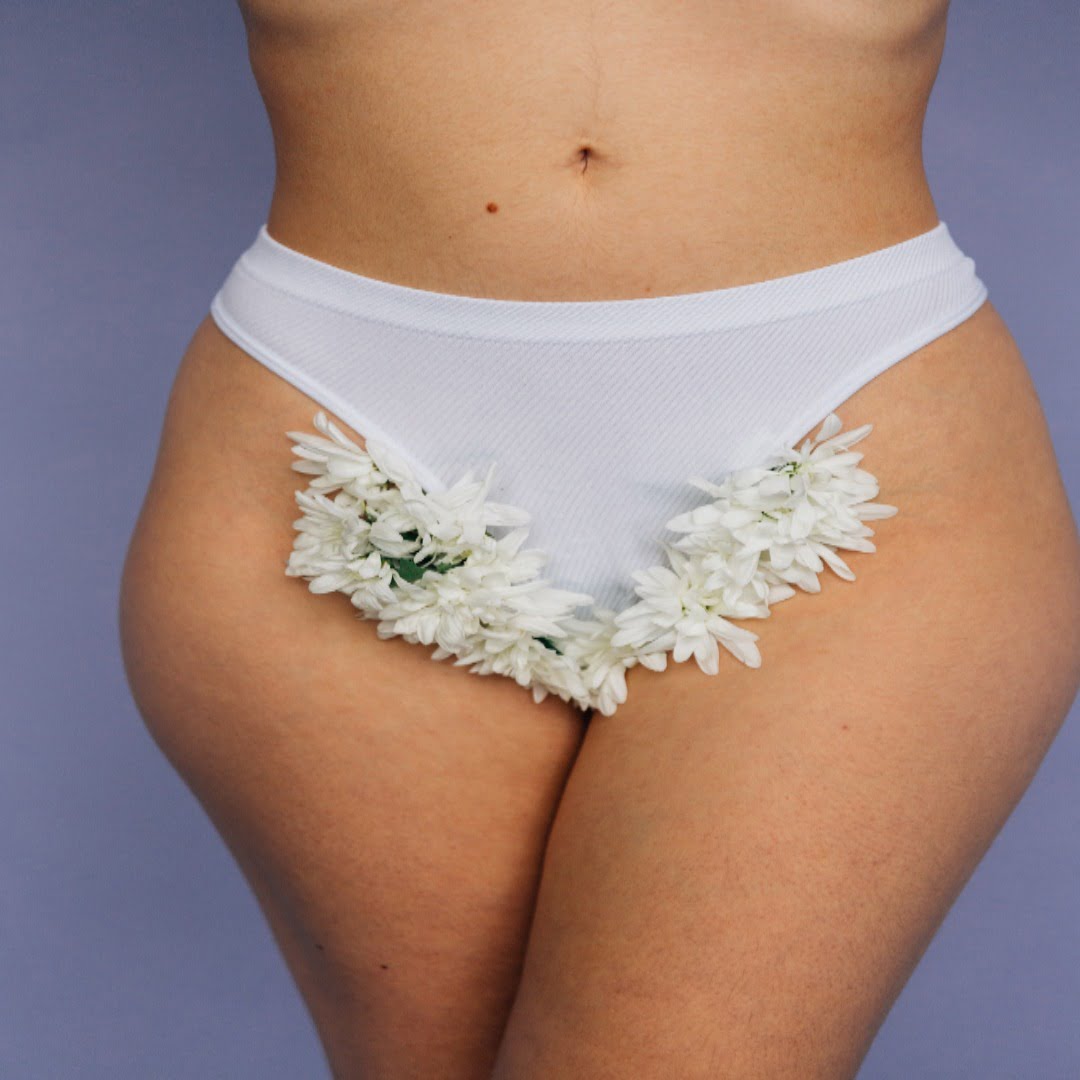October is Breast Cancer Awareness month, celebrated world-over. The 13th of October is specially called ‘No Bra Day’. On this day, many women across the world go braless in solidarity with breast cancer patients and survivors.
When I got the inspiration to write this piece, my intention was to write about how men see this as an opportunity to be even more perverted. However, I changed my mind and decided to focus on the hydra-headed monster, Breast Cancer. Before I delve fully into Breast Cancer Awareness, ‘Dear men, what women do or not with their bodies is none of your business.’
Moving on, it is no news that one of the most orgasmic feelings in the world for many women is taking off their bras (and wigs) once they get home. Imagine the great joy when a whole day is dedicated to wearing no bras. Not only is it a pleasurable act for parties concerned, but it is also in solidarity with people who are battling with or have survived the monster. It is a “hey sister, I see you, I may not totally understand your struggles, but I am rooting for you” moment and we are happy to champion the cause.
The bra has a long history as an important piece in a woman’s wardrobe. In reality though, of what value is this fashion accessory? Personally, I am a team no bra. In the last two years, I have worn them just a couple of times as I go on with my day. However, the number of stares I get from people as a result of not wearing a bra is ridiculous, but I do not care.
In my search, I found that although the research on whether or not bras are breast cancer-causing is inconclusive, there are several reasons to go braless. Today, however, with respect to breast cancer awareness, I’ll be highlighting what breast cancer is, how to self-test and how you can play a part in creating awareness.
What Is Breast Cancer?
Normal Breast Tissue
According to the Centers for Disease Control and Prevention, breast cancer is a disease in which cells in the breast grow out of control. There are different kinds of breast cancer. The kind of breast cancer depends on which cells in the breast turn into cancer.
Breast cancer can begin in different parts of the breast. A breast is made up of three main parts: lobules, ducts, and connective tissue. The lobules are the glands that produce milk. The ducts are tubes that carry milk to the nipple. The connective tissue (which consists of fibrous and fatty tissue) surrounds and holds everything together. Most breast cancers begin in the ducts or lobules.
Breast cancer can spread outside the breast through blood vessels and lymph vessels. When breast cancer spreads to other parts of the body, it is said to have metastasized.
Breast Cancer Symptoms and Signs
- a lump in the breast or armpit,
- bloody nipple discharge,
- inverted nipple,
- orange-peel texture or dimpling of the breast’s skin (peau d’orange),
- breast pain or sore nipple,
- swollen lymph nodes in the neck or armpit, and
- a change in the size or shape of the breast or nipple.
- Breast cancer can also be symptom free, which makes following national screening recommendations an important practice.
Diagnosis
Breast cancer is diagnosed during a physical exam, by a self-exam of the breasts, mammography, ultrasound testing, and biopsy. Women should do a breast self-exam every month to look and feel for changes. Regular breast exams can help you maintain breast health and detect cancer early when it is easier to treat and more likely to be cured. Most lumps and abnormalities aren’t cancer, but you should still report changes to your doctor. Self-exams are important for breast health. But they should not replace exams and screening tests (such as mammograms) recommended by doctors. You should still see your primary care provider and/or gynecologist regularly.
Breast Self Examination

A breast self-exam is a step-by-step method women can use to examine their breasts. By looking at and feeling your breasts regularly, you can notice anything that seems abnormal. With each breast self-exam, you will become more familiar with your body. When you know what’s normal for you, you will be more aware when changes occur.
A breast self-exam takes only a few minutes and can easily be built into your daily schedule. You can do a breast exam when you’re:
- Dressing for the day or undressing at night.
- Lying in bed in the morning or at bedtime.
- Taking a shower.
How To Do The Breast Self-Exam
Breast Self-Examination Breast Self-Examination
The views expressed in this article intend to inform and induce conversation. They are the views of the author and do not necessarily represent the views of Red Edit Magazine. They are for informational purposes only, even if and to the extent that this article features the advice of physicians and medical practitioners. This article is not, nor is it intended to be, a substitute for professional medical advice, diagnosis or treatment. It should never be relied upon for specific medical advice.















